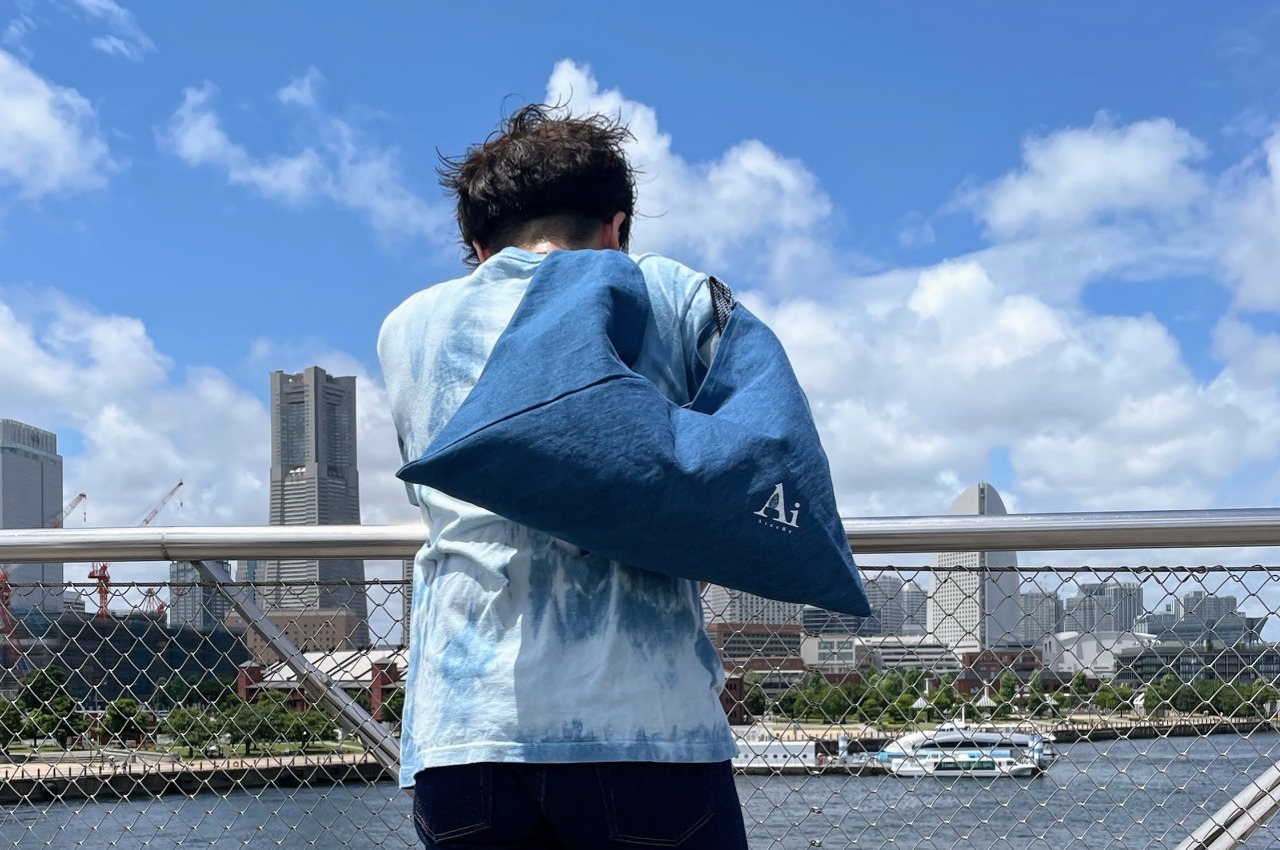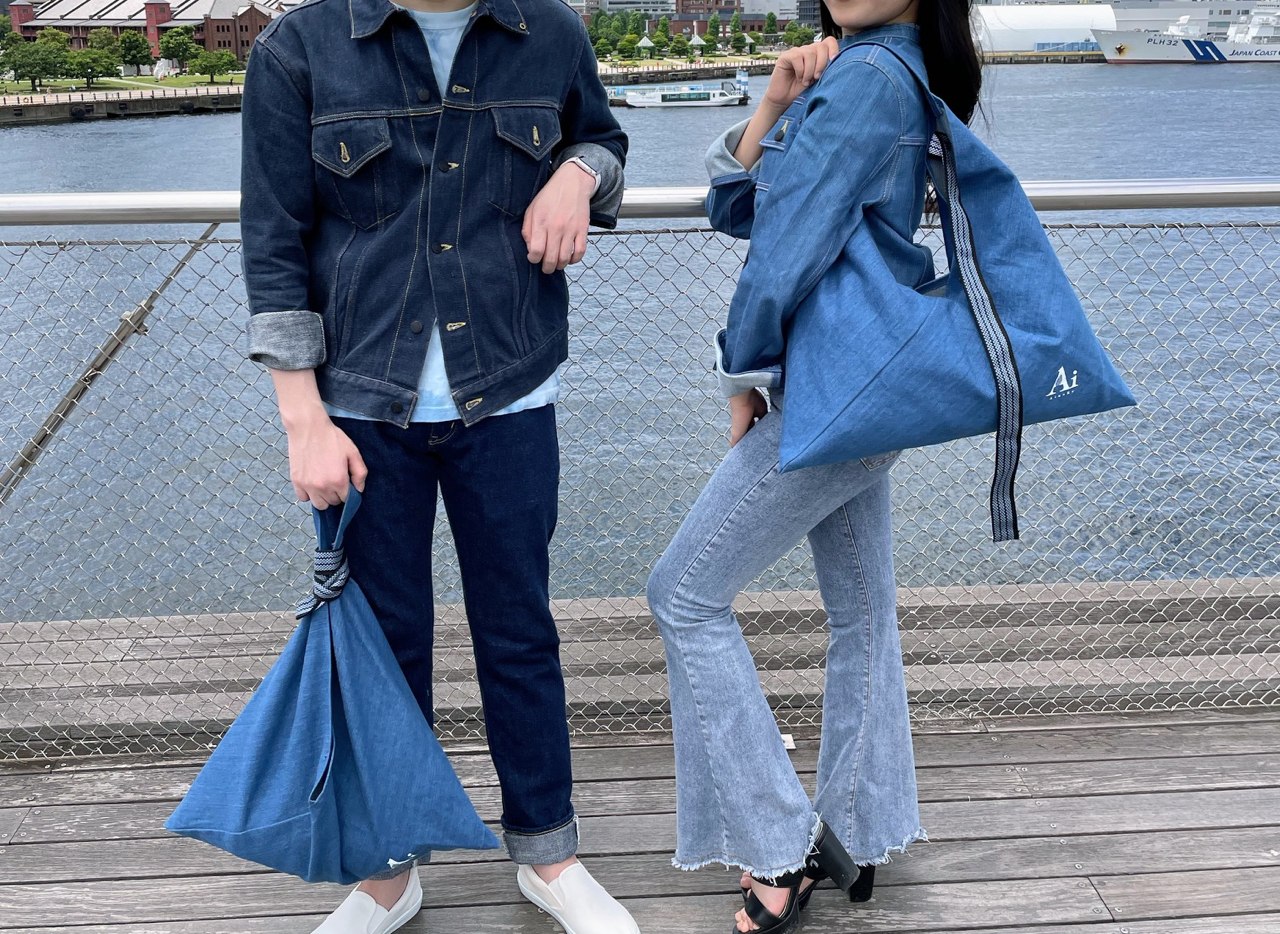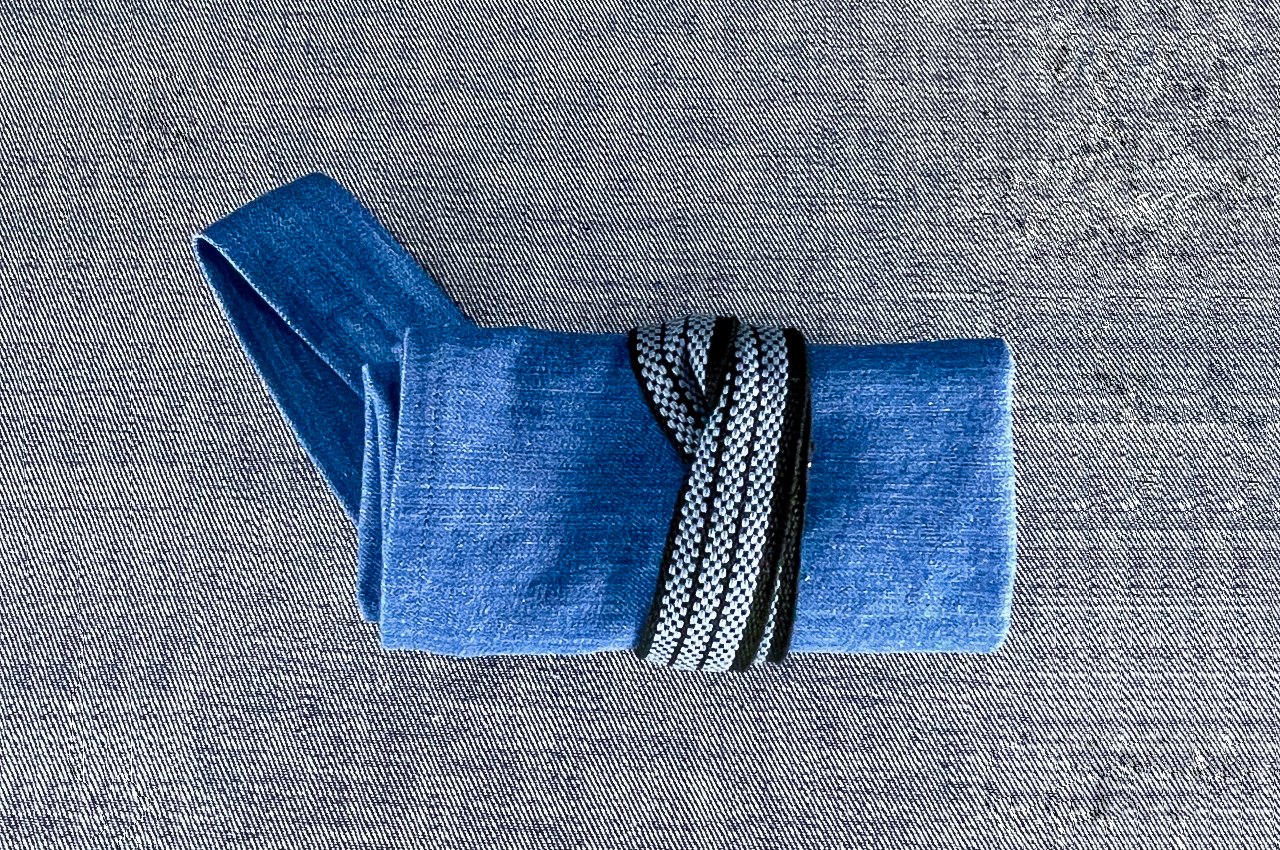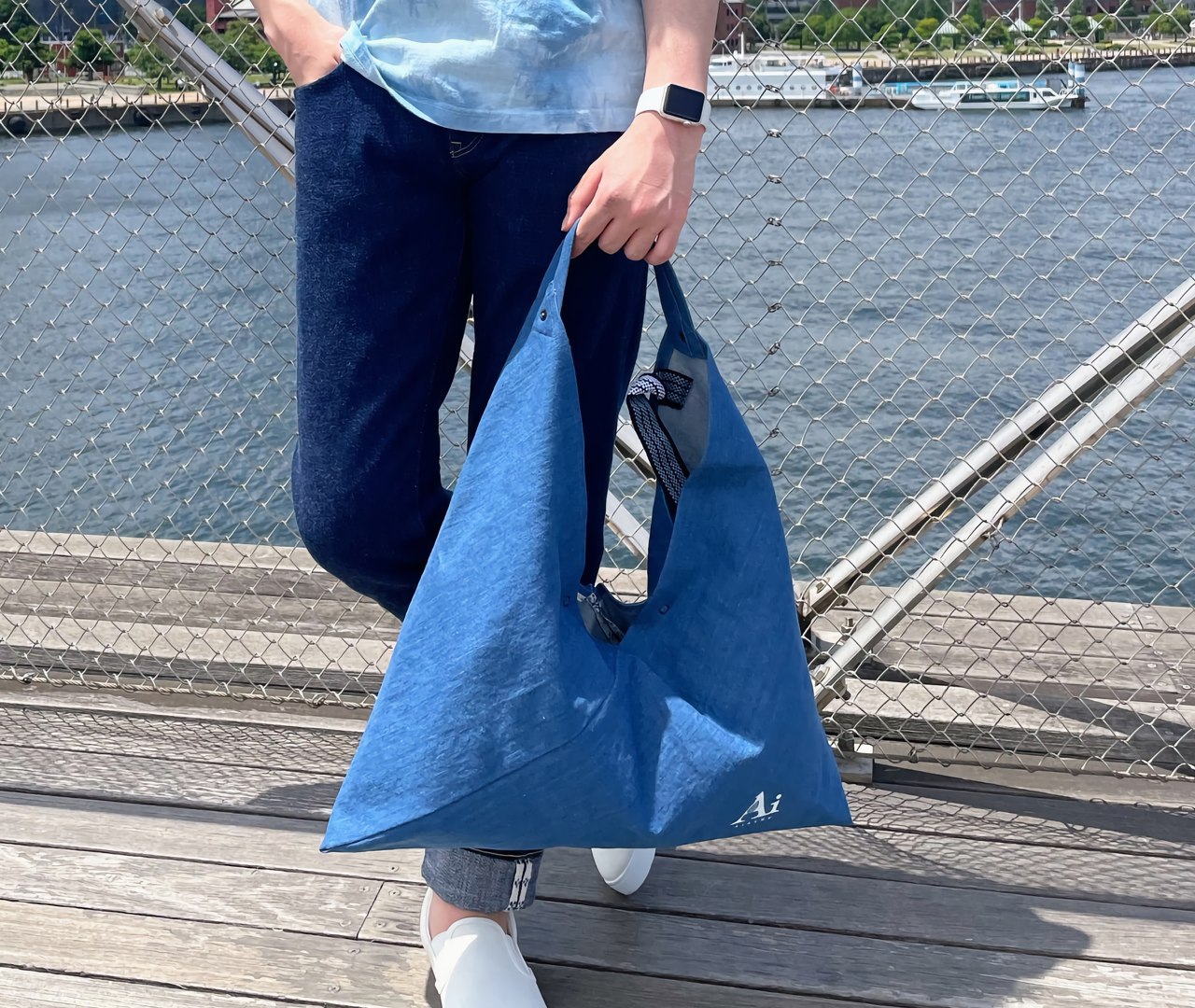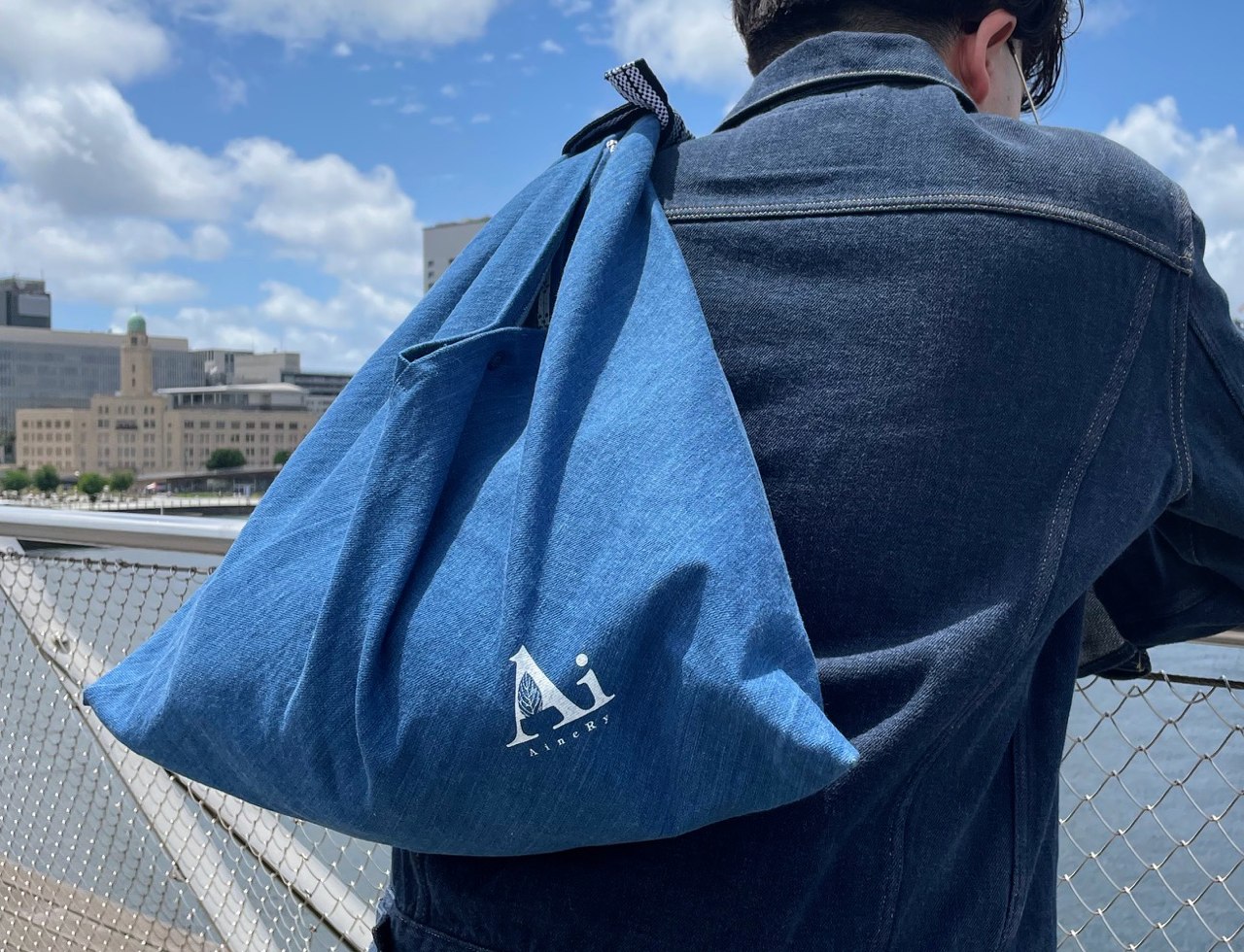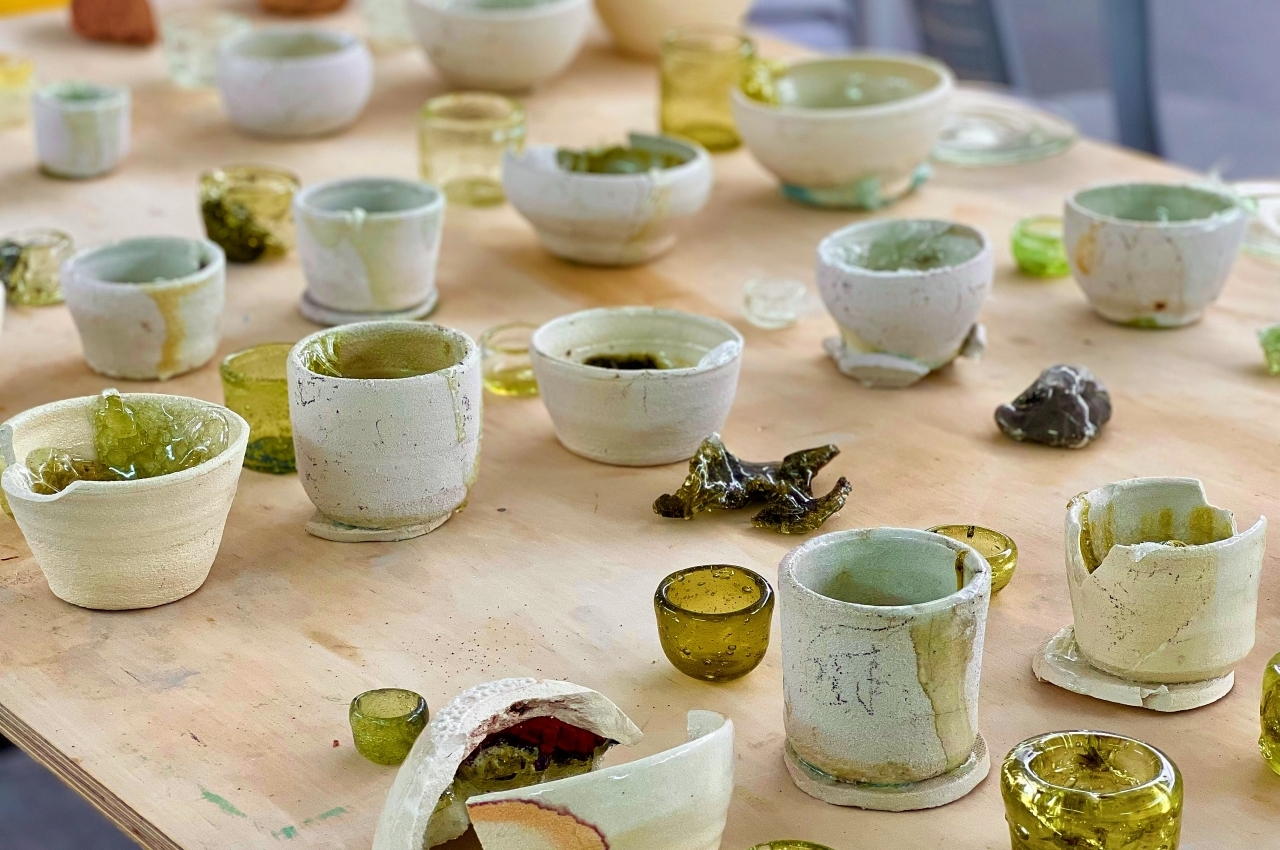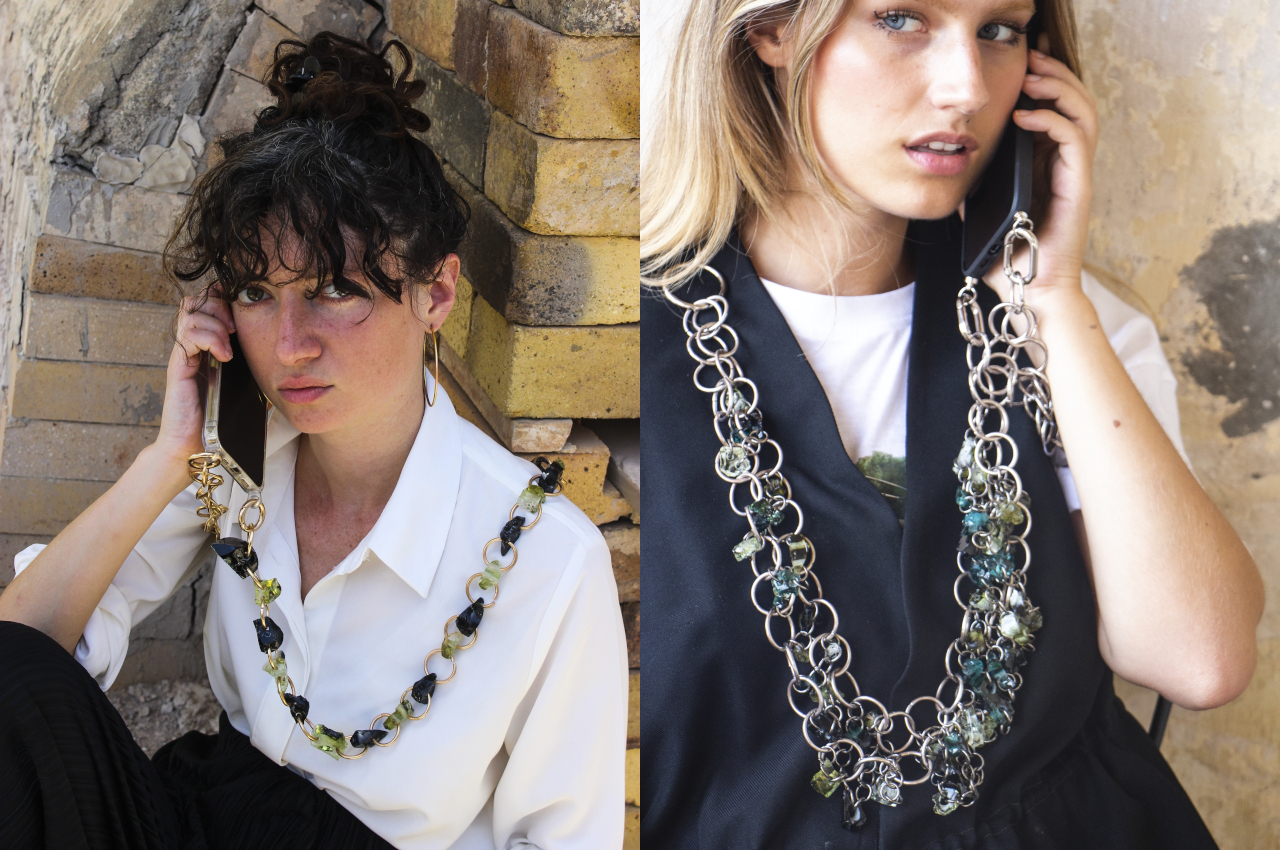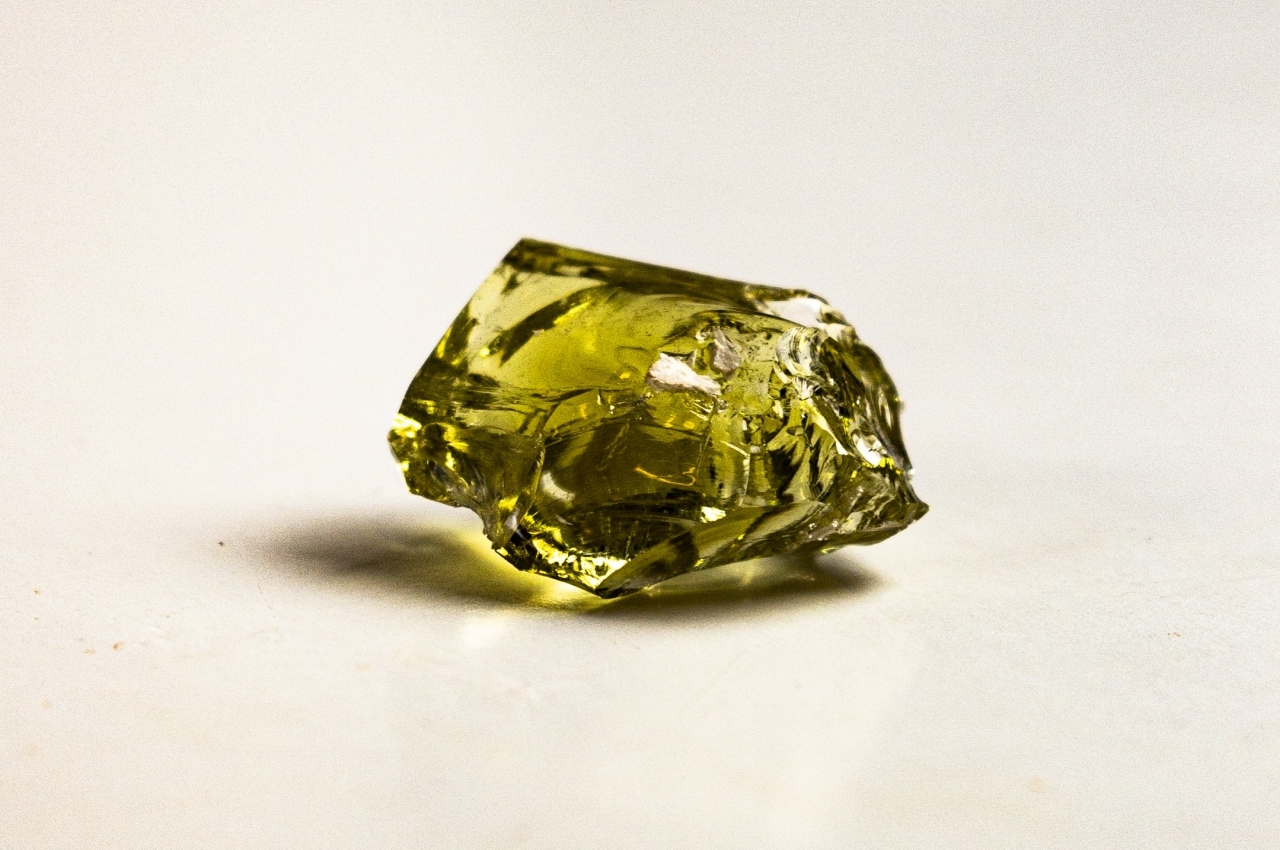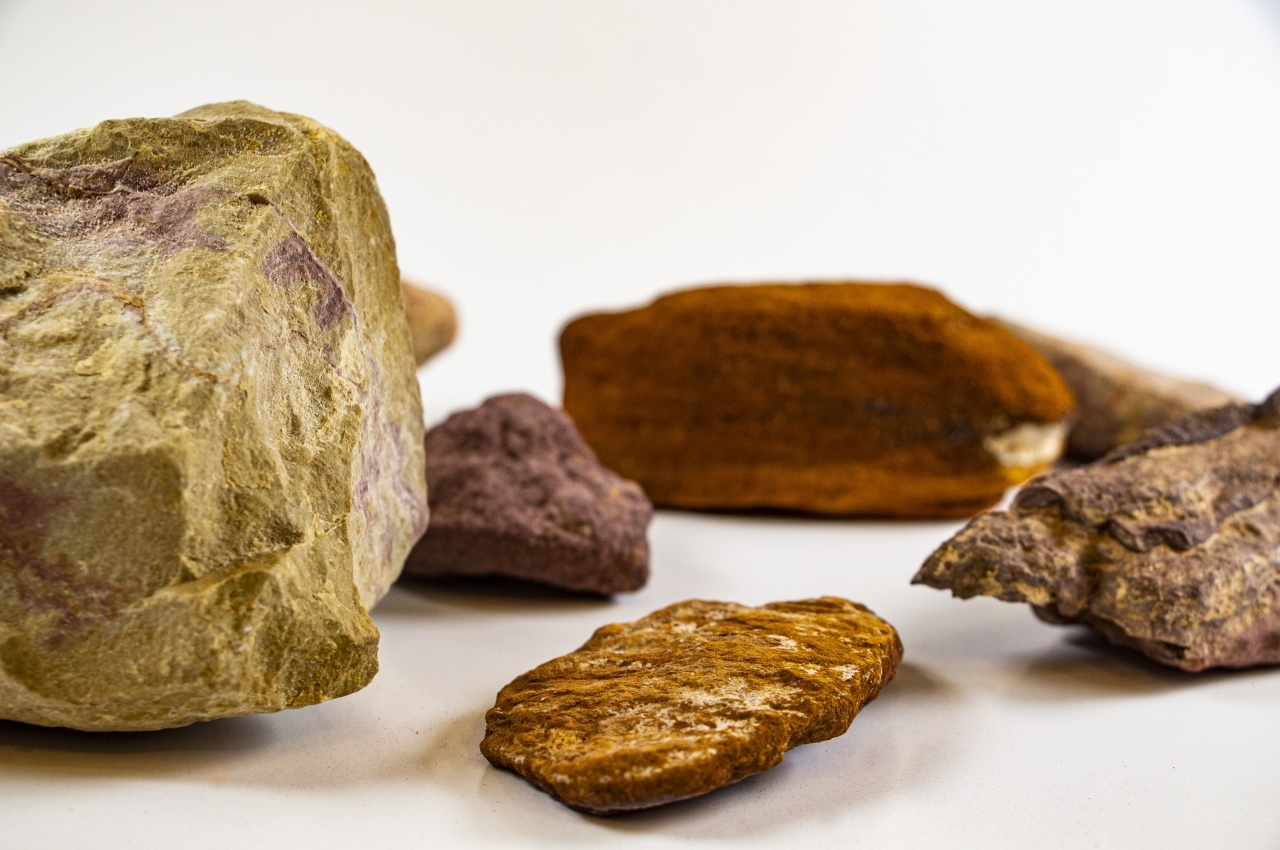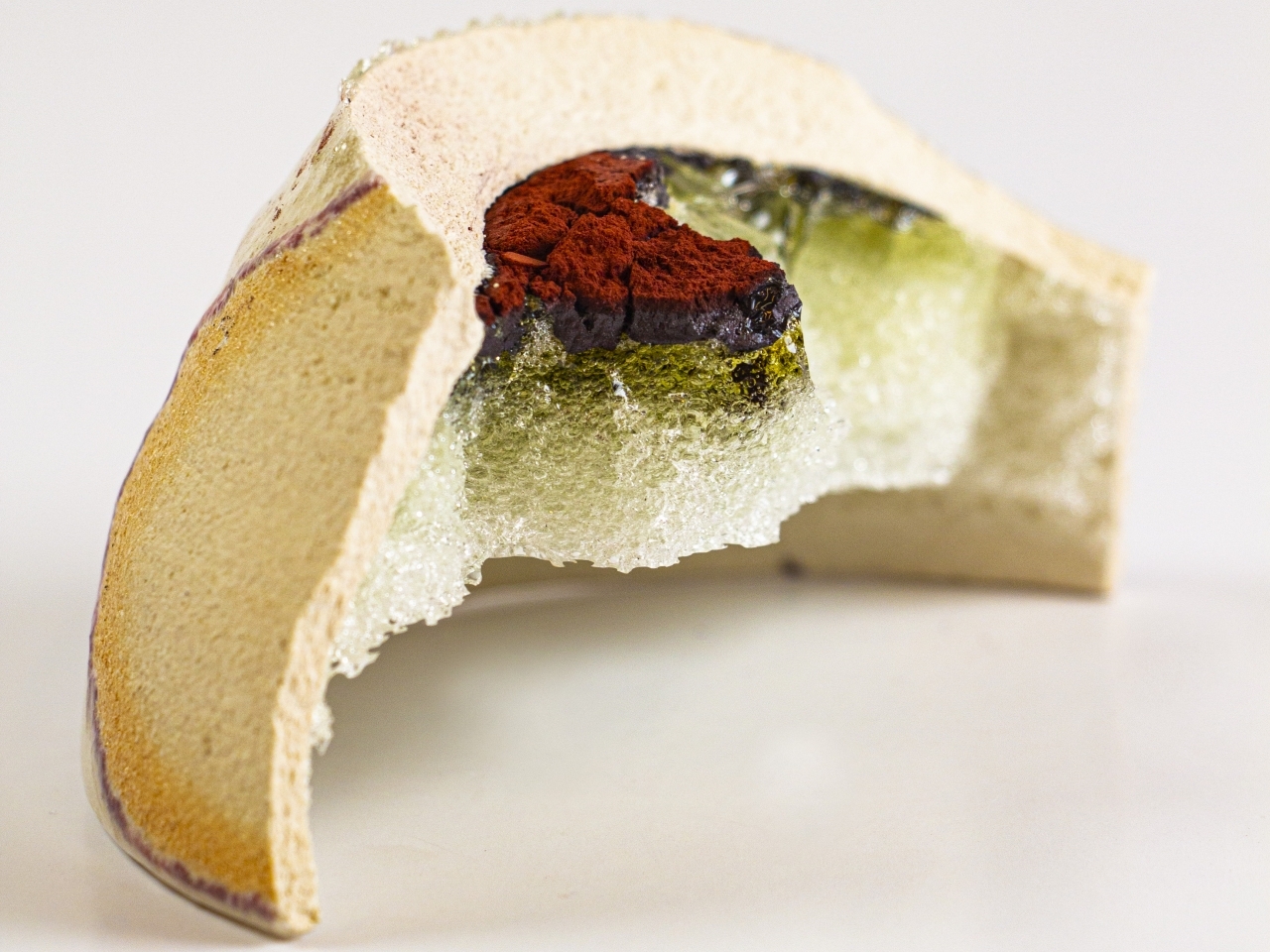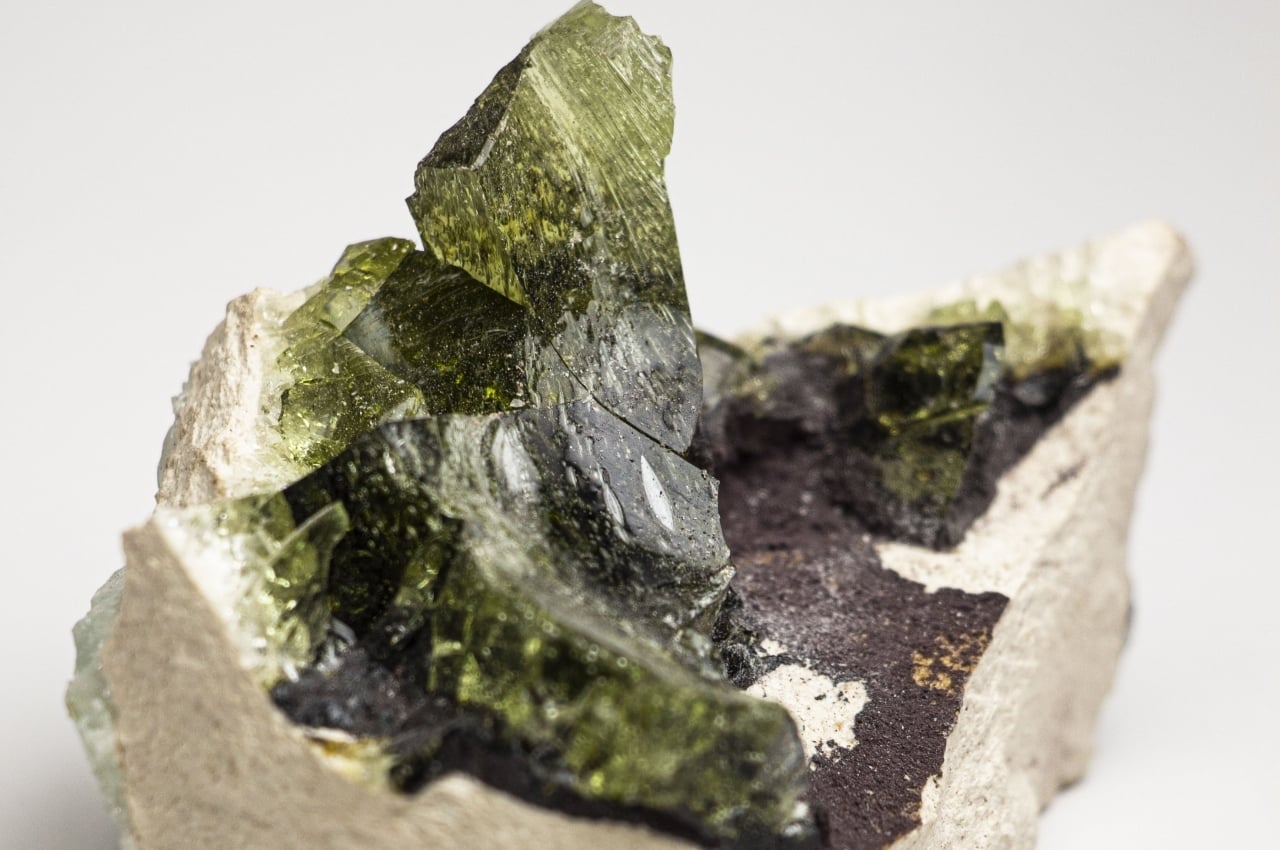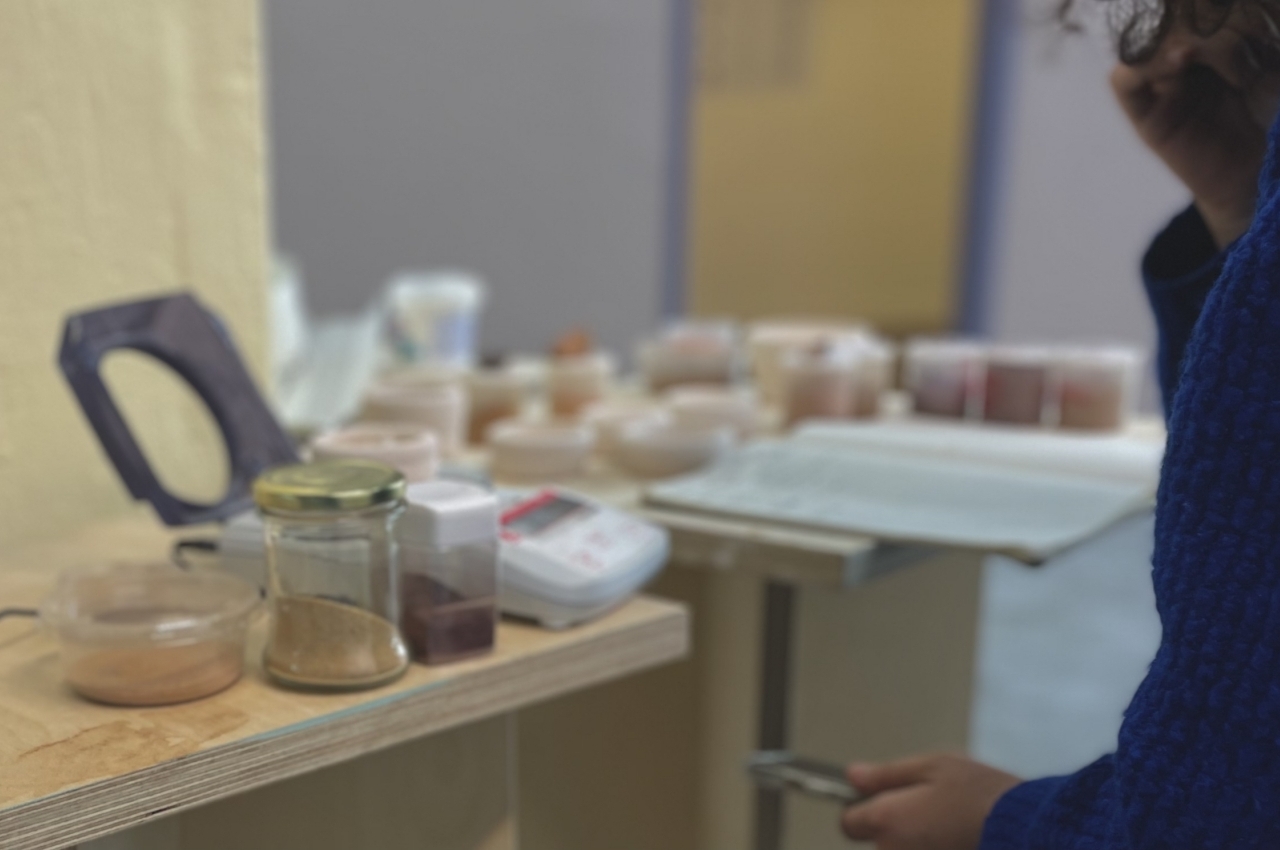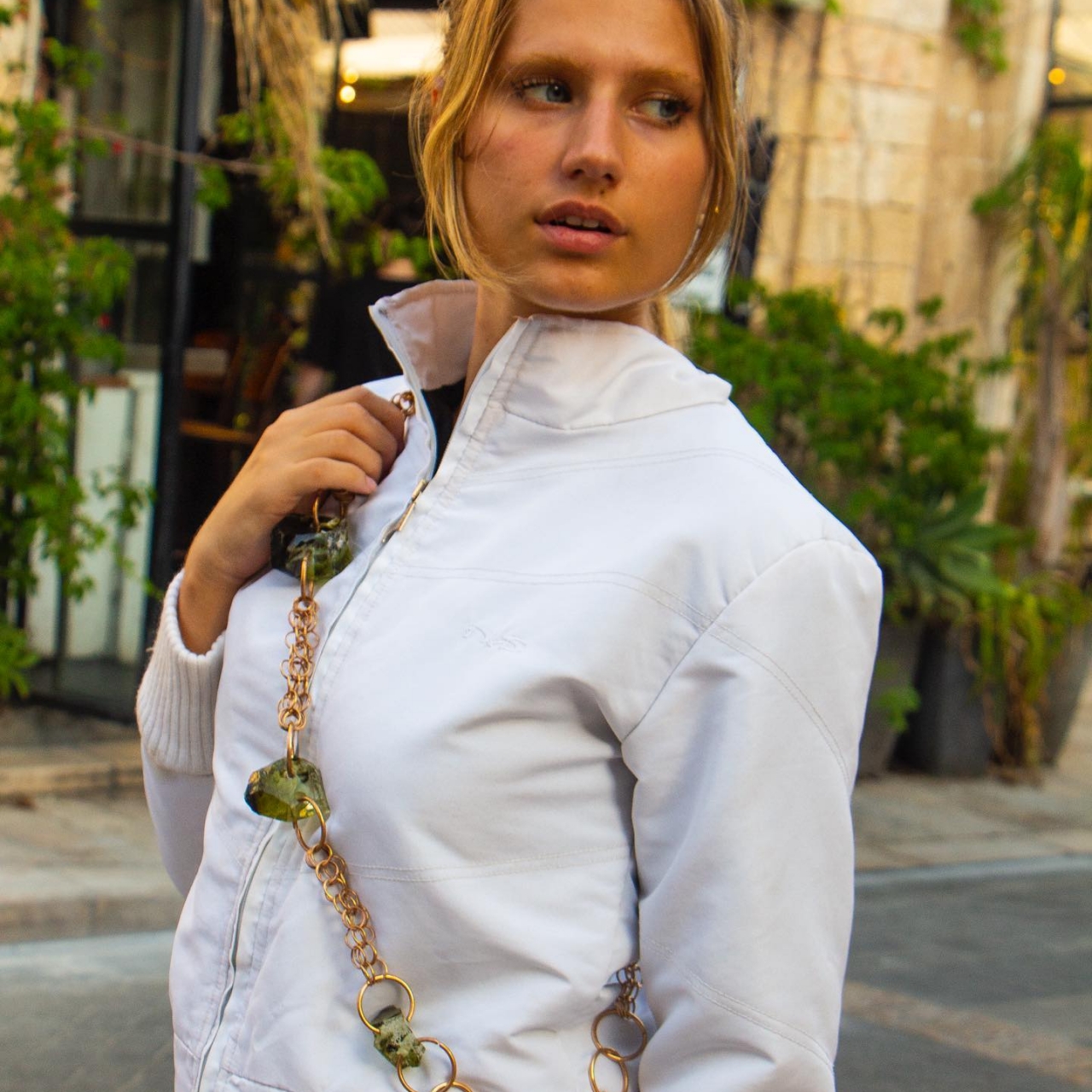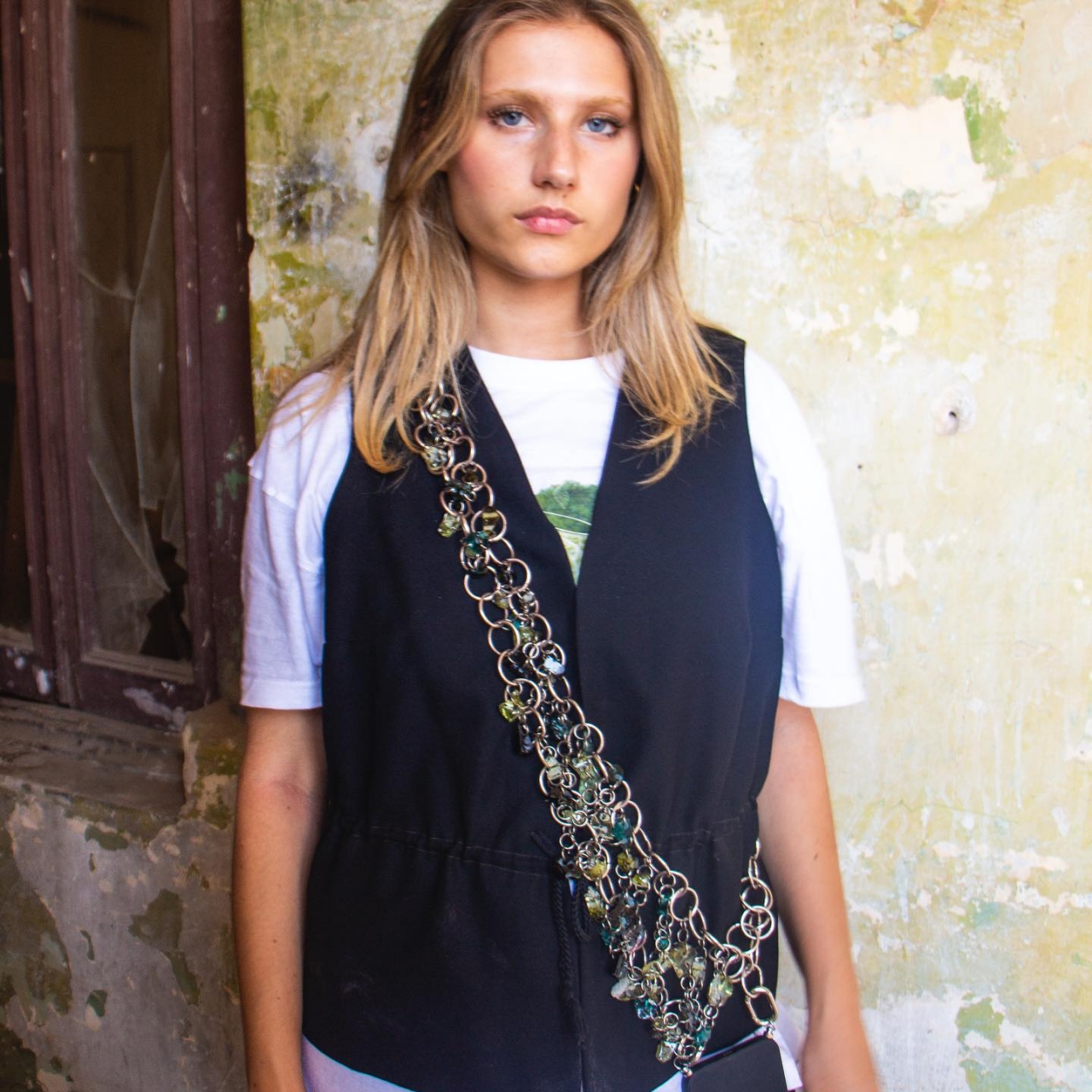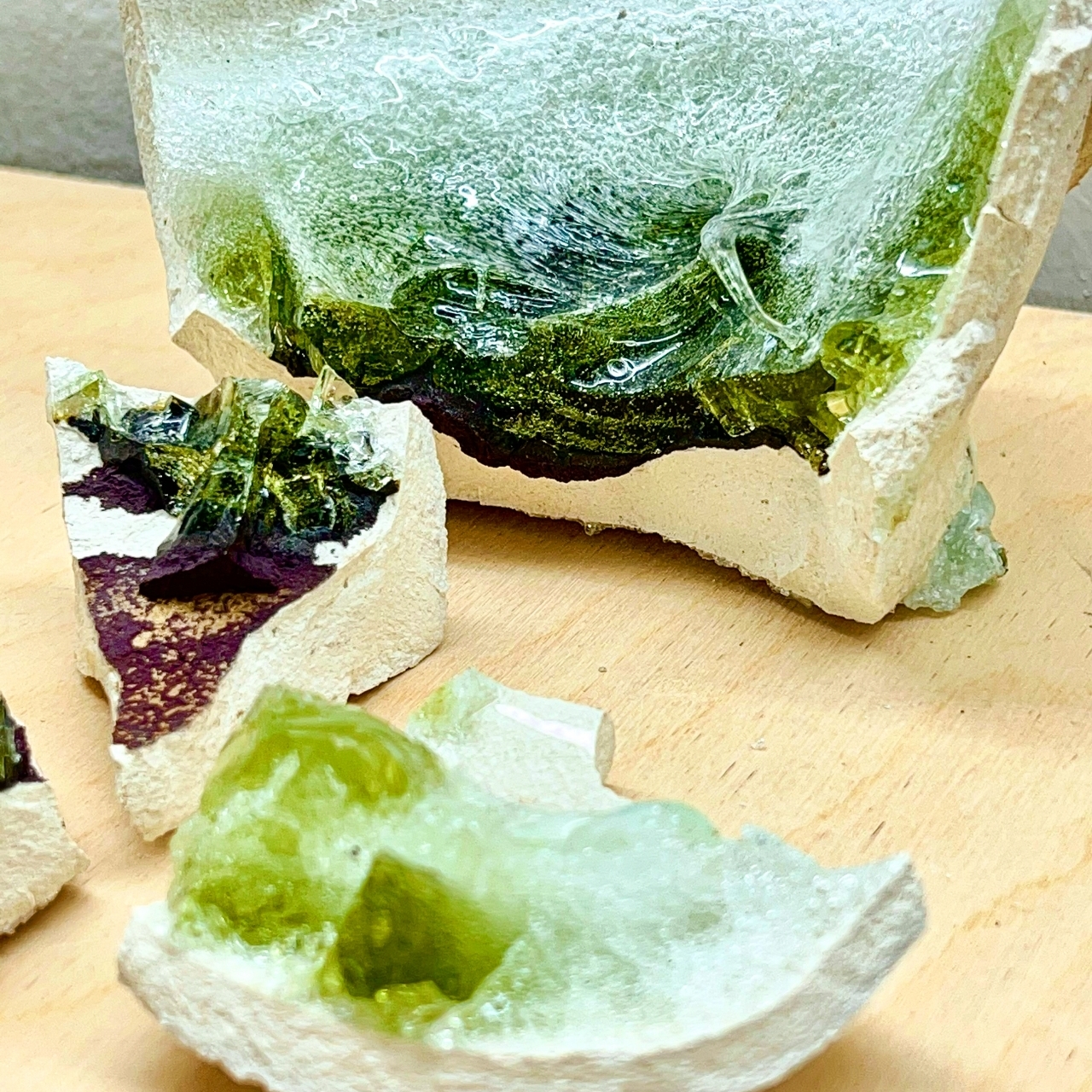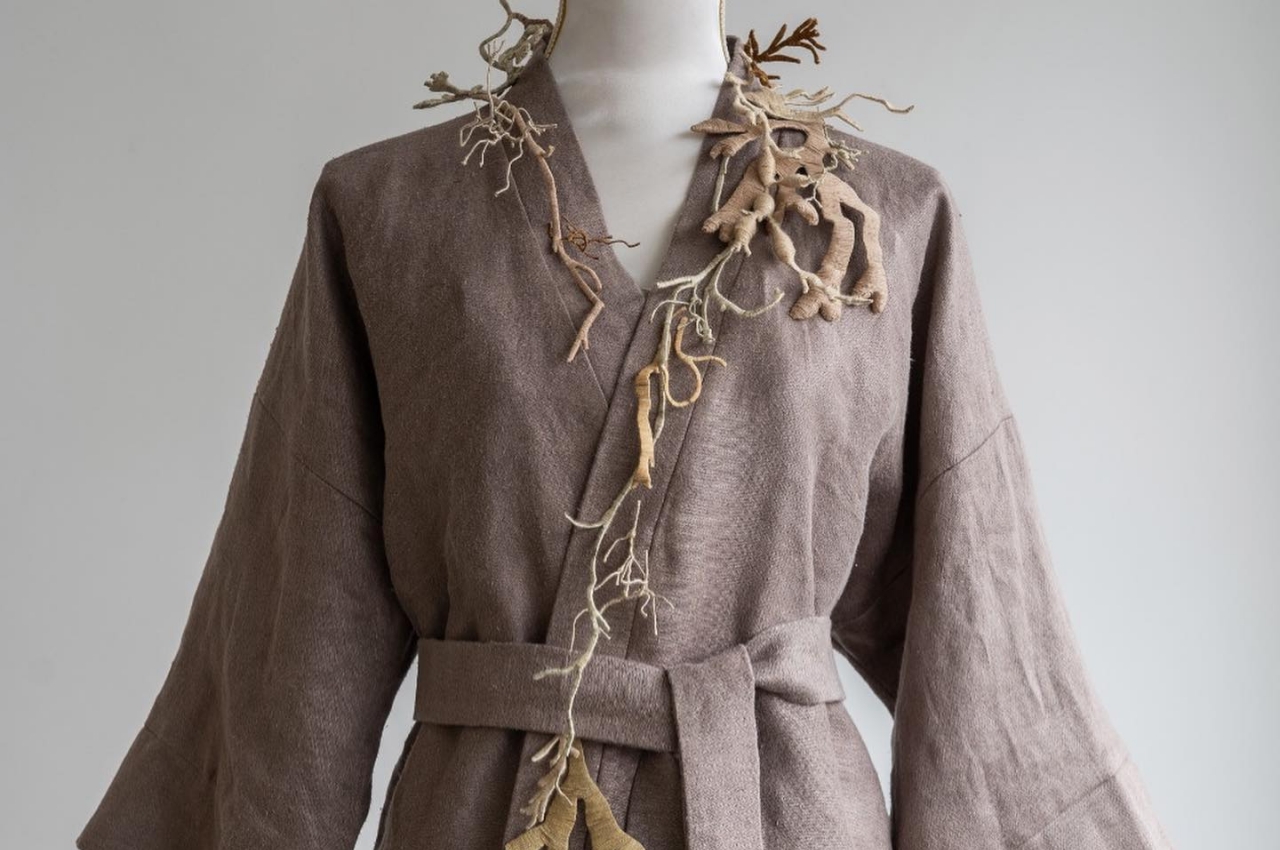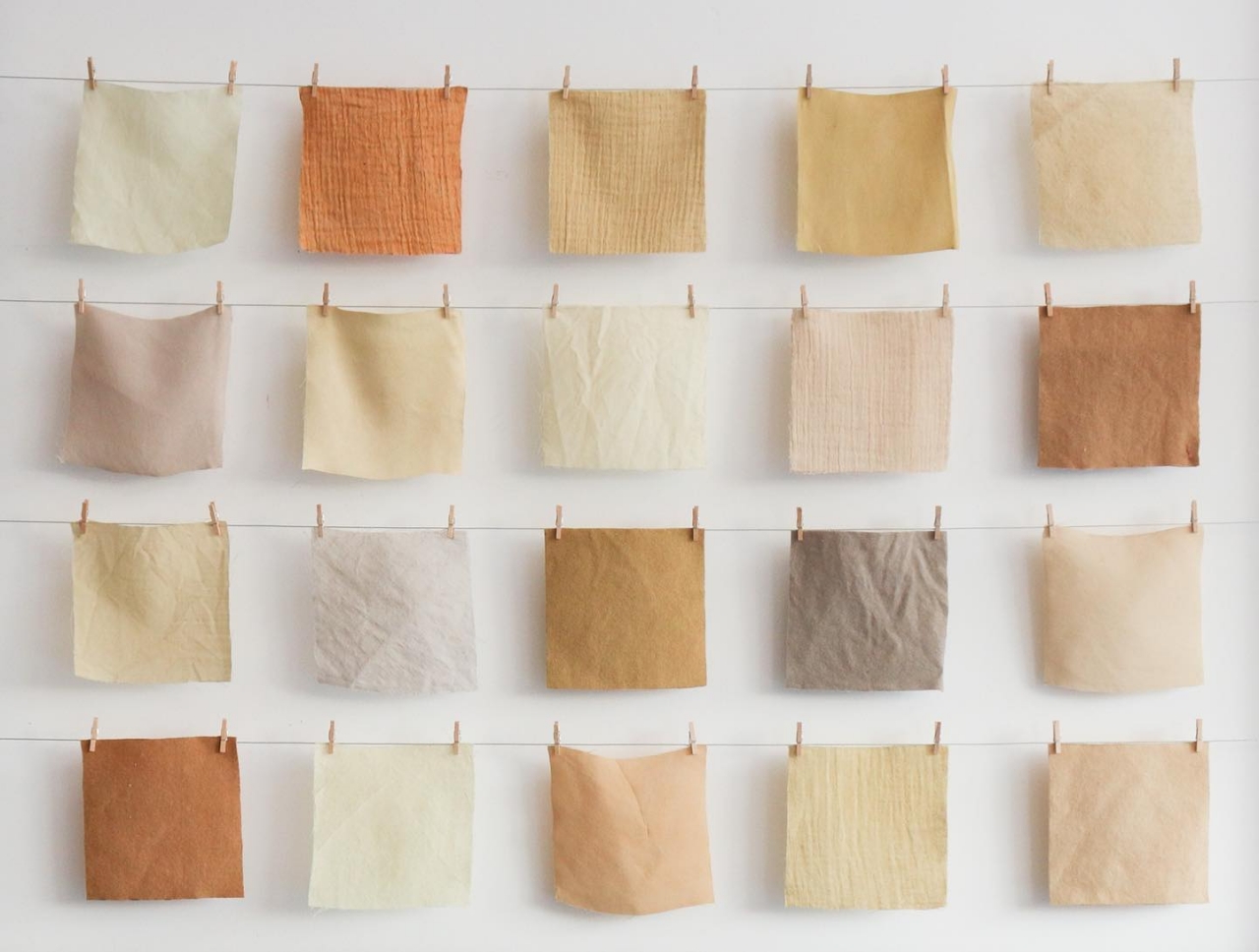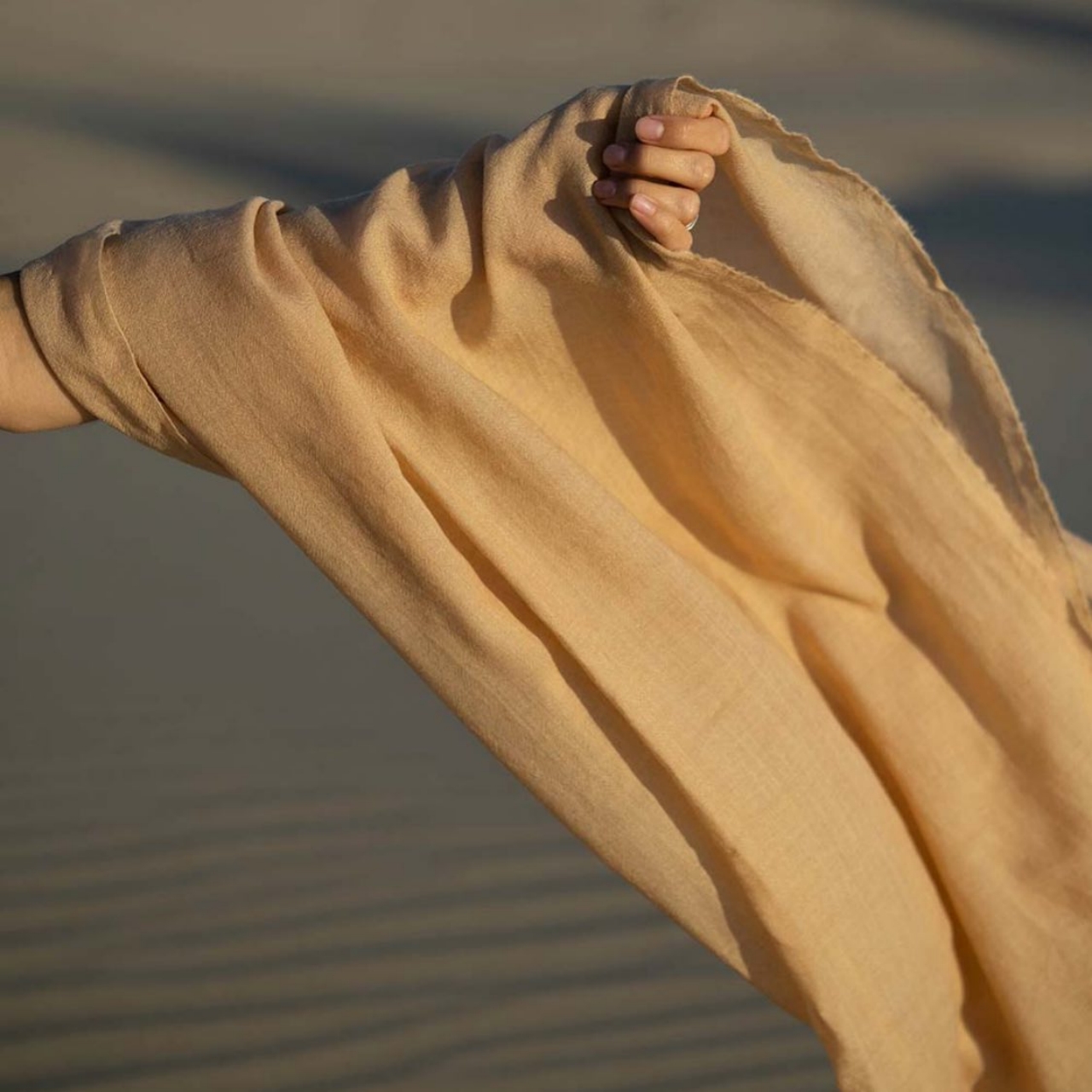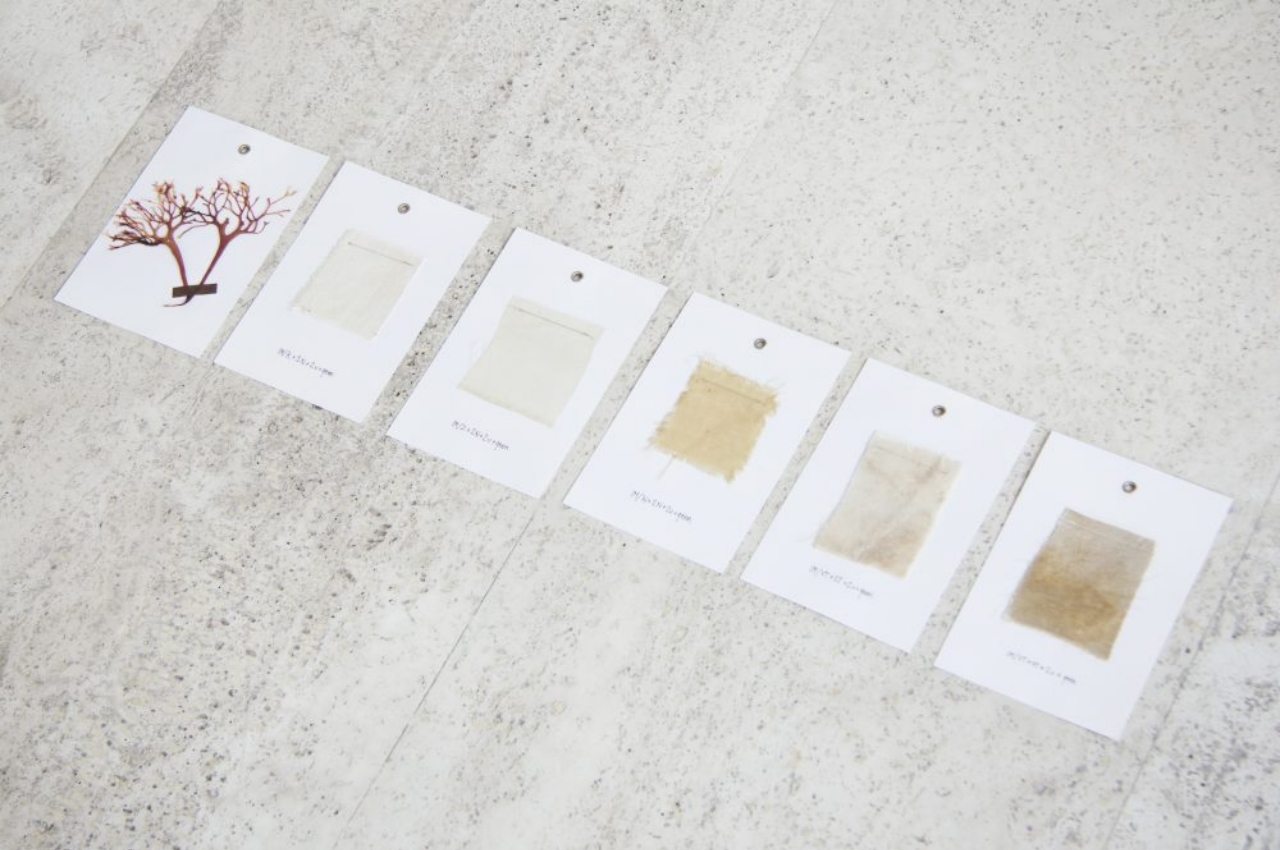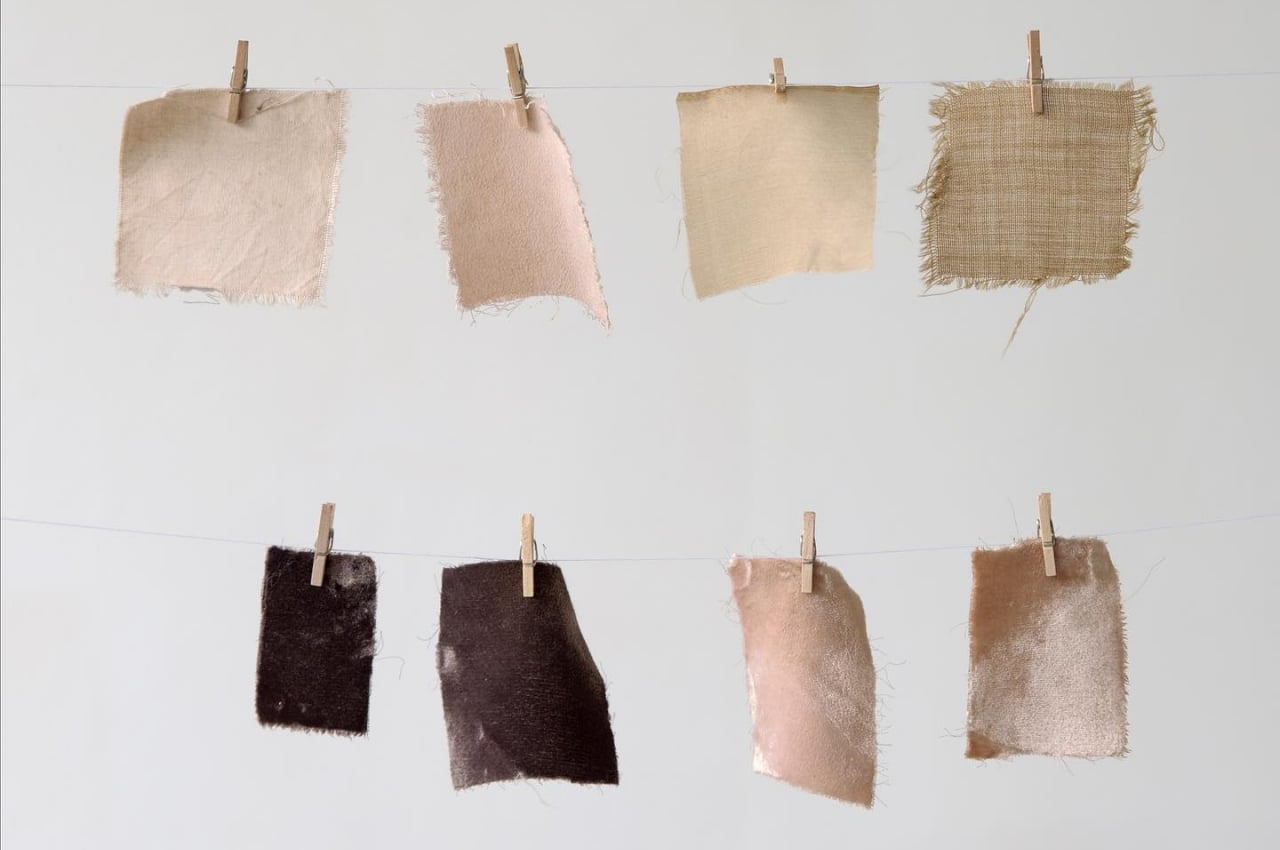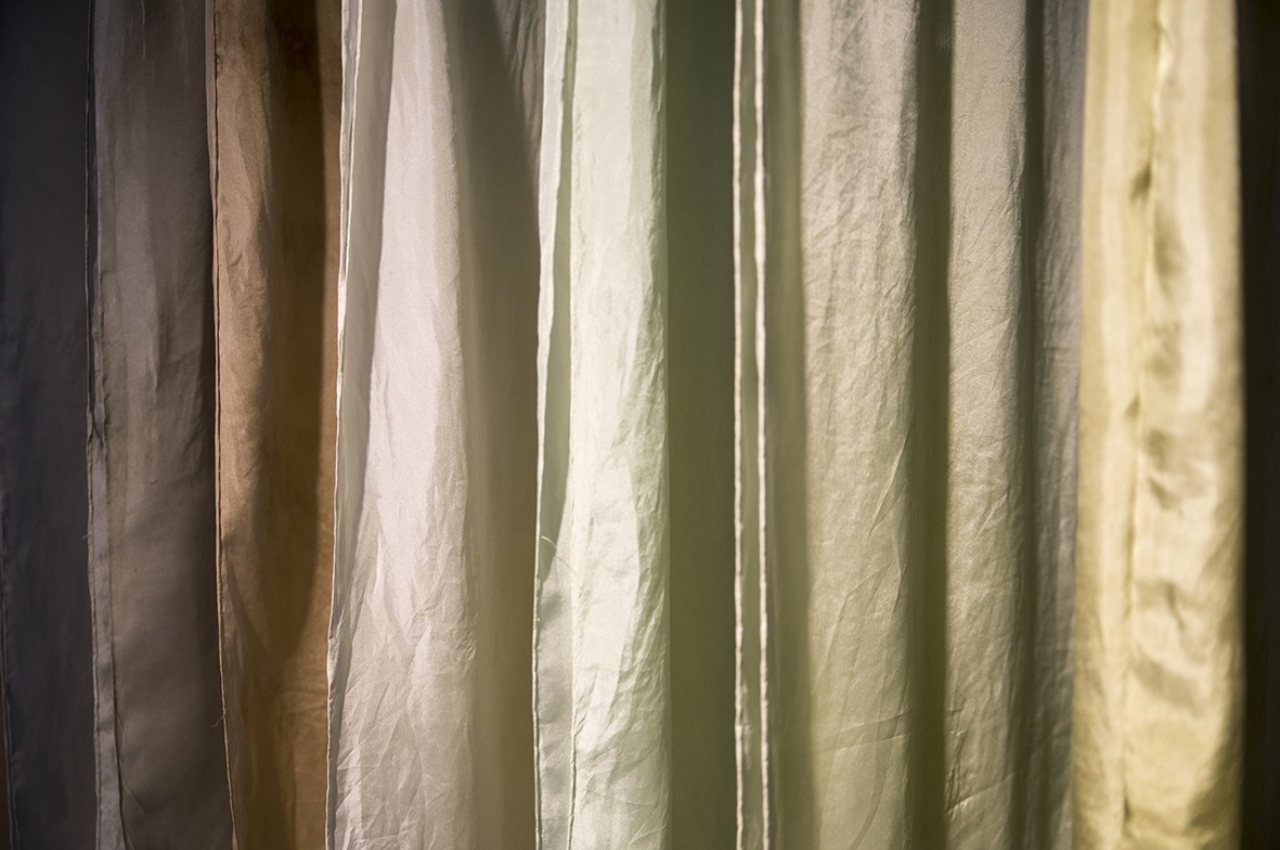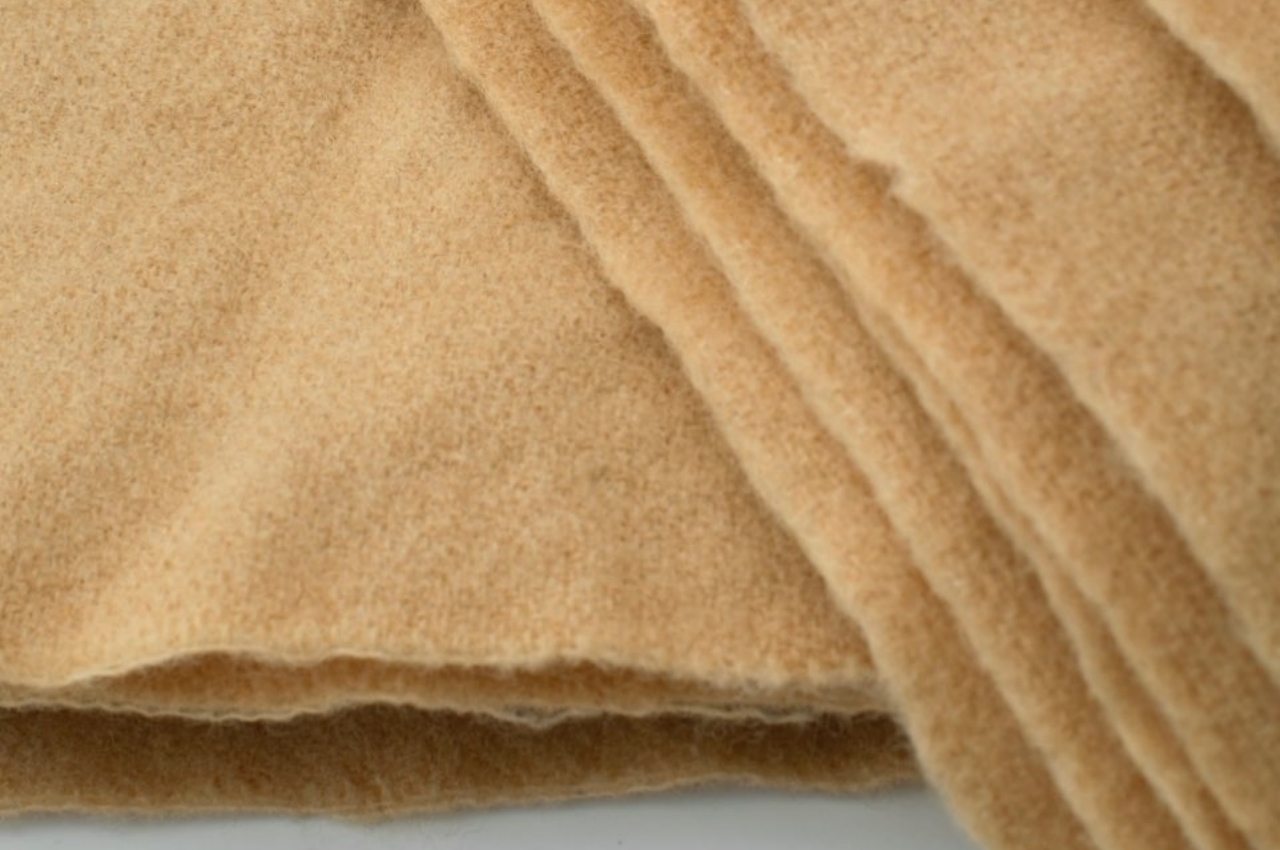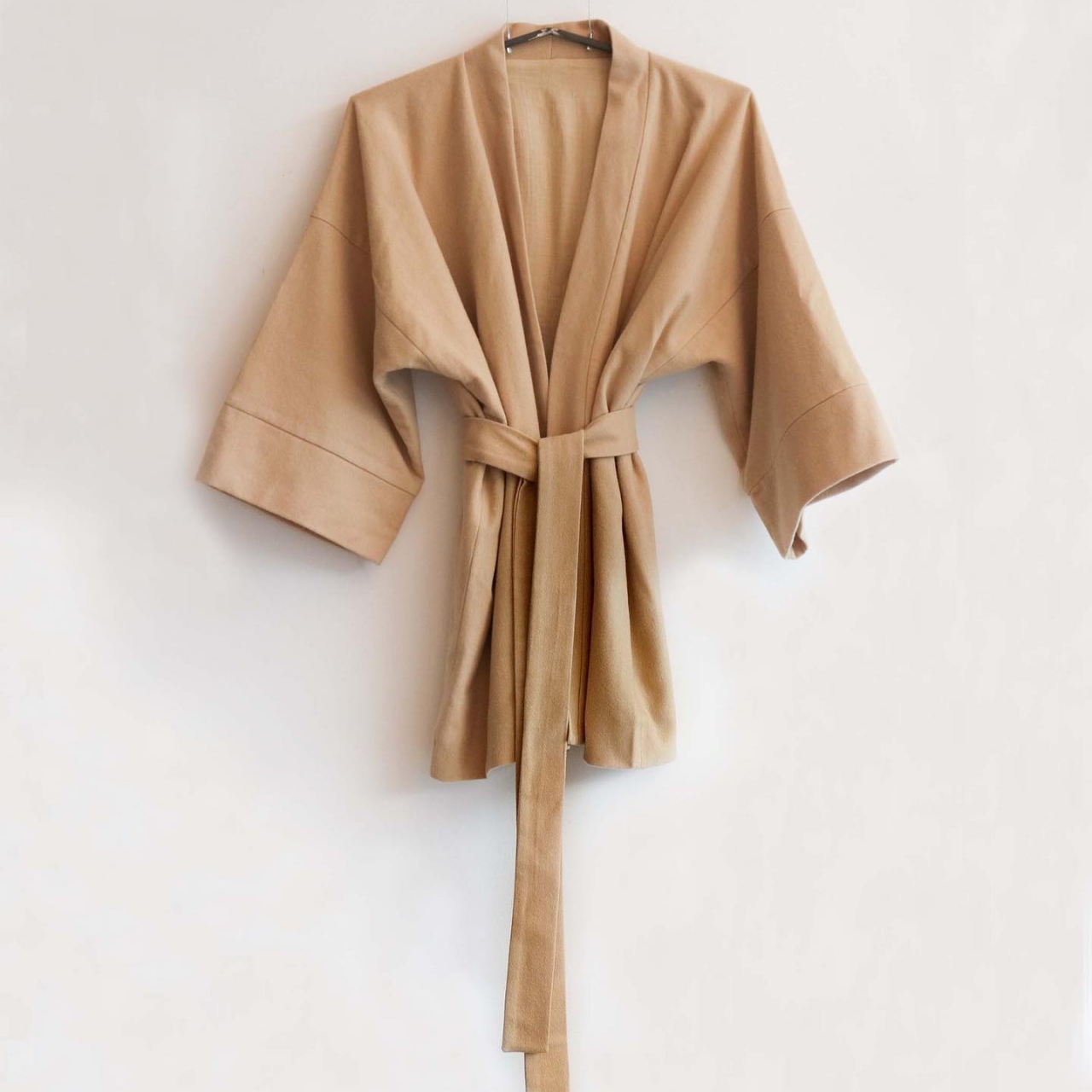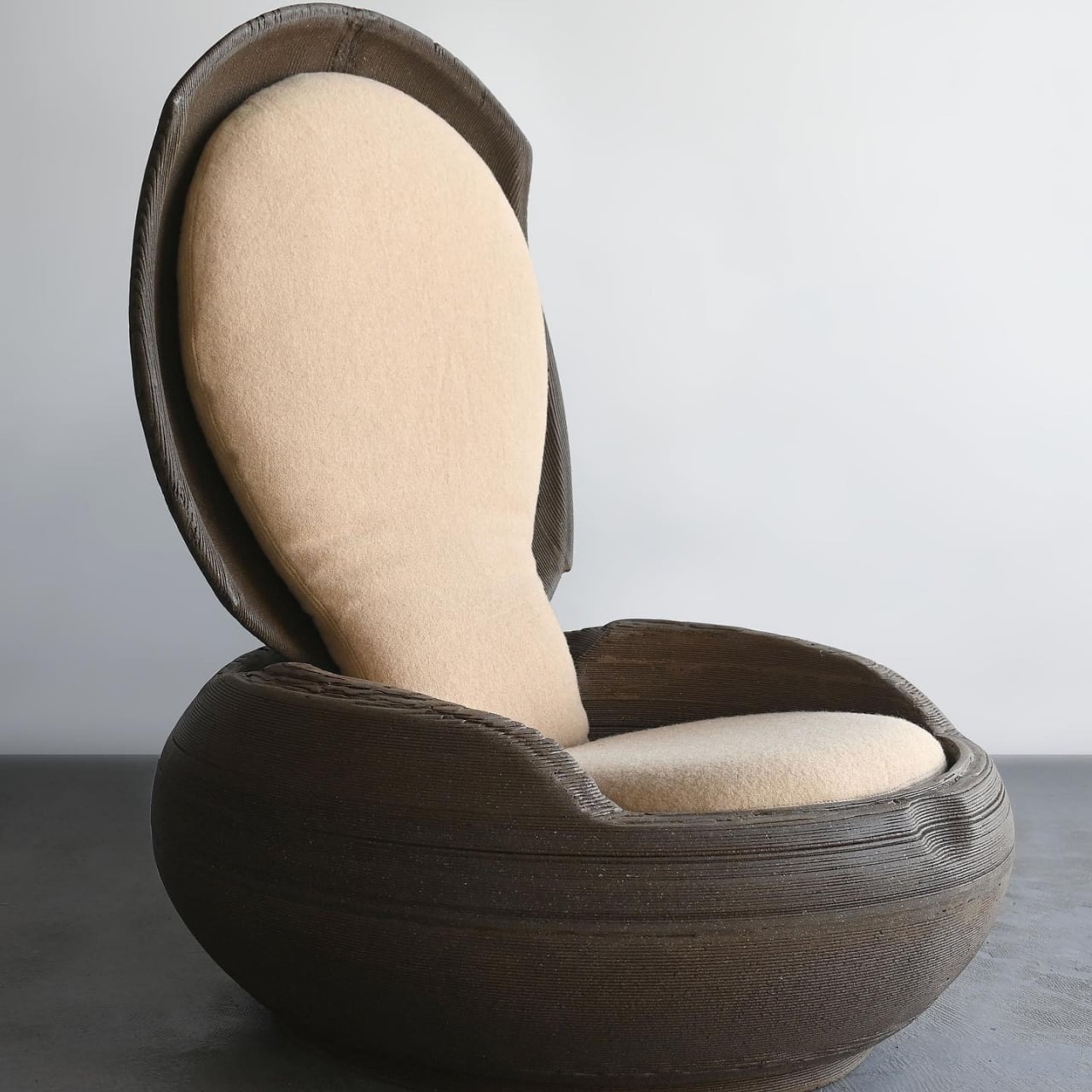It’s easy to take modern products for granted because of the ease of manufacturing and the ubiquity of some materials. Not everything that is new is good, however, and not everything that is old is obsolete. Newer synthetic materials eat away at our planet’s life, while the easy way of producing things doesn’t always yield long-lasting results. Sometimes, we have to take the hard-earned lessons of the past to heart in order to make something beautiful, enduring, and, more importantly, sustainable. That’s the message that Blue Ainery’s compact Furoshiki denim bag tries to send by using traditional dyeing and weaving methods to create a fashionable storage accessory whose very design pays homage to Japan’s history and tradition, many of which still apply today.
Designer: Ainery Blue
Click Here to Buy Now: $82 $94 (10% off). Hurry, only 5/10 left!
Almost everything about the Furoshiki denim bag is a nod to Japan’s past culture, design, and fashion. The term “furoshiki” itself is a reference to the traditional Japanese wrapping cloths for goods, bento boxes, and informal gifts. When worn as a bag, the Furoshiki looks more like an “Azuma Fukuro” that predated today’s modern tote bags by about four centuries. The design might look basic and even old-fashioned, but there’s also a certain charm to its minimalism. More importantly, its uncomplicated shape leaves enough room for plenty of items inside.
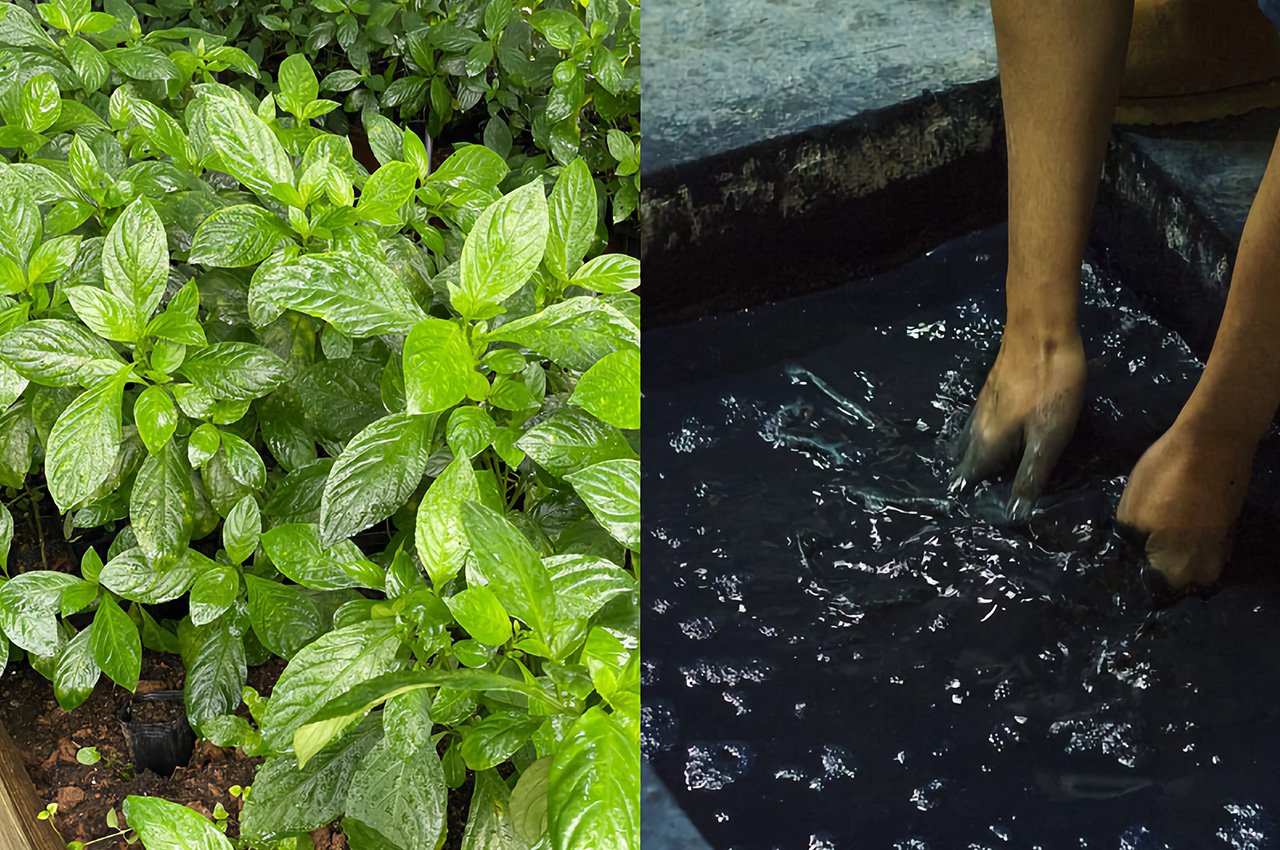
Ryukyu Indigo Dye – A type of natural Indigo dye that has been produced in Okinawa, Japan since ancient times. “Ryukyu” is another name for Okinawa.
The bag looks made from your typical denim material, but there is nothing typical with how it’s actually made, beginning from the way it’s dyed. It uses the Ryuku Indigo plant to create a rare natural dye using traditional and manual methods like microorganism fermentation. The warp yarns undergo a traditional soaking method to make sure that the Ryuku Indigo dye really seeps into the core of the yarn. The end result is a material that doesn’t fade quickly no matter how many times you wash it.
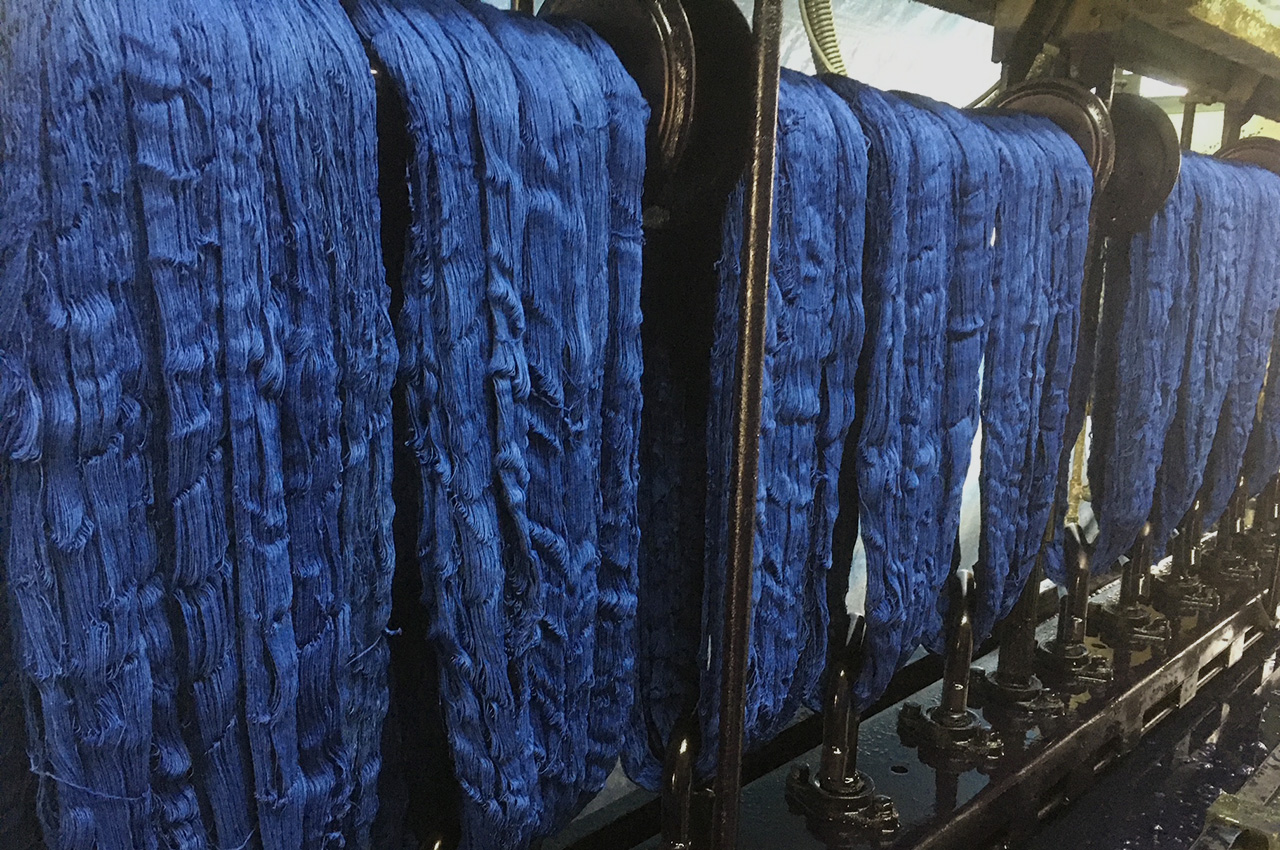
Uses “Kase-zome”, a Traditional Japanese Dyeing Technique – The warp yarns are soaked, then taken out and exposed to air to let the dye oxidize. This procedure is repeated during the dyeing process. By soaking the yarns over and over again, the Ryukyu Indigo dye seeps all the way deeply into the core, resulting in a unique texture.
The denim is woven using more traditional shuttle looms that yield more durable high-density fabrics compared to modern looms. That said, the fabrics are sewn by machines, but there’s still an element of quality production thanks to how it’s handled by a factory in Okayama that is also used by famous but unnamed fashion brands. Right from the start, the Furoshiki bag is made with traditional methods and materials to ensure the same long-lasting quality of traditional bags that last for decades, not just years.
Of course, the denim bag isn’t just all about the past. It also applies the lessons of modern manufacturing and design, like the use of reinforcing rivets to make the bag stronger. It is also designed with modern aesthetics in mind, like the use of denim fabric, even if the shape and form don’t conform to the modern ideas of bags. It’s a perfect example of how good design never really goes out of fashion.
The Furoshiki denim bag demonstrates how modern design thinking can apply the lessons of the past to create something that will also endure the test of time. Stylish, durable, functional, and sustainable, the bag easily stands out among modern tote bags as something that blends the past and the present in a harmonious way. Given how it’s designed not to fade easily and to match almost any fashion style, the $80 early price tag is almost perfect for a long-lasting bag to carry your stuff with you.
Click Here to Buy Now: $82 $94 (10% off). Hurry, only 5/10 left!
The post Ainery Blue creates a modern Furoshiki denim bag using traditional Japanese design first appeared on Yanko Design.
